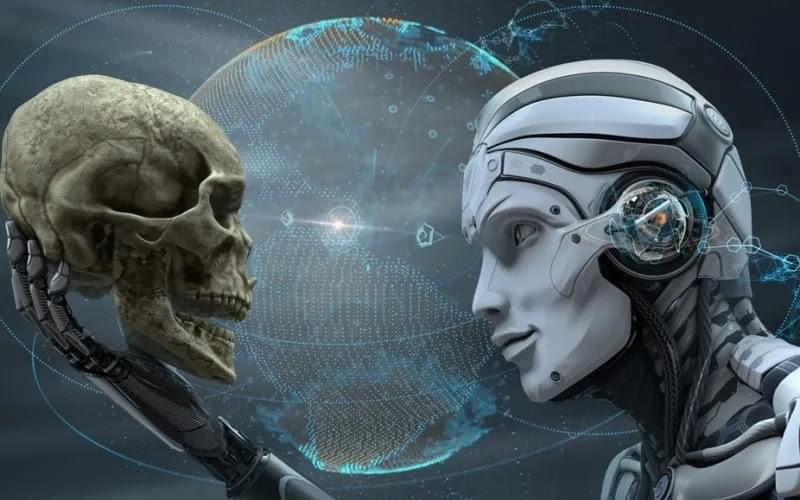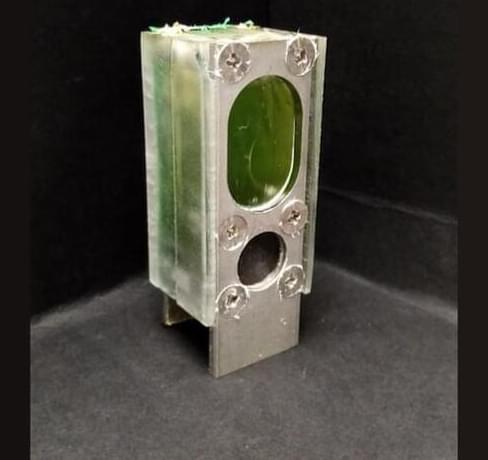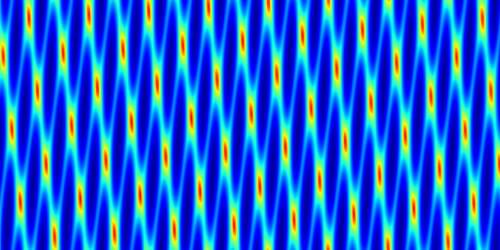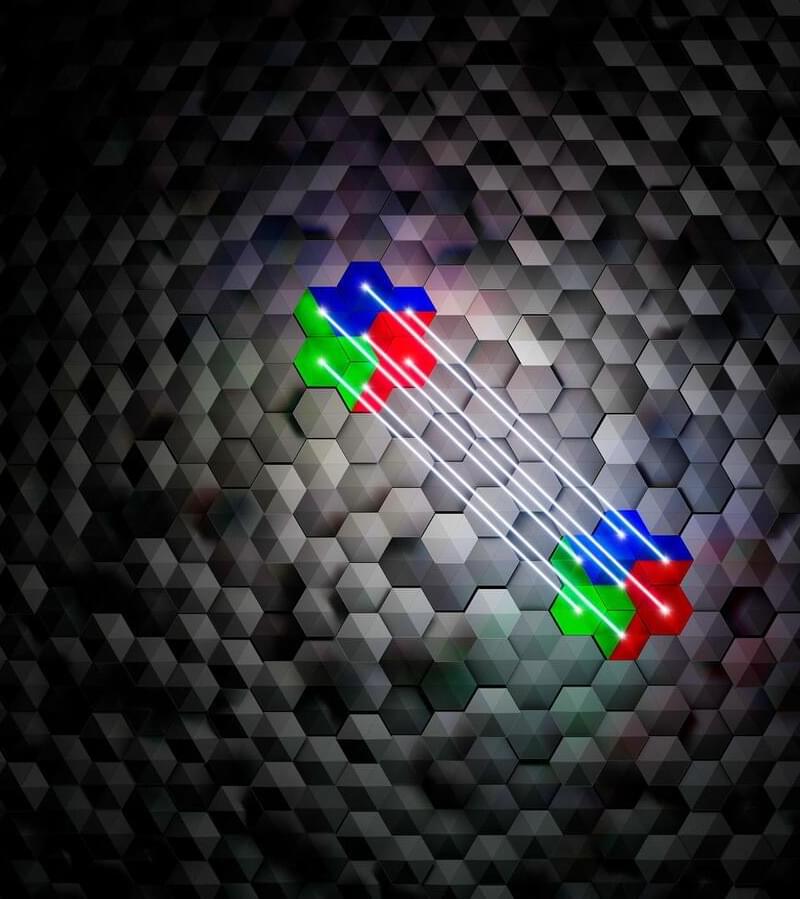Today we’re going to shine some light on Lumen, the fully dynamic global illumination and reflections system featured in Unreal Engine 5.
Our latest tech blog… See more.
Hi, we’re Daniel and Krzysztof, engineers working on Lumen is Unreal Engine 5’s fully dynamic global illumination and reflections system, which is enabled out of the box. It is designed for next-generation consoles and high-end visualizations beyond games like architectural visualization. Here, we’ll walk through Lumen’s features and give an overview of the technical details. For a complete reference, see the Lumen documentation.
When light leaves a light source, it illuminates all of the surfaces visible from that light source; this is known as direct lighting in computer graphics. In real life, it doesn’t stop there though, it bounces off the surface, picking up the color of the surface as it goes. Light that bounces off of a rough surface in all directions is called diffuse indirect lighting or global illumination. Light that bounces specularly off a smooth surface is called a reflection. Eventually the light reaches your eye, or a camera, and forms an image.
In the past, global illumination, for most games, had to be solved in an offline process called lightmap baking, because it was too computationally expensive to be calculated in real time. In Unreal Engine, lightmaps are baked through CPU Lightmass or GPU Lightmass. Static lighting from lightmaps can provide very high quality, but requires long build times, and greatly constrains the game environment. Any action which changes the indirect lighting in a significant way, like moving a wall-mounted television, will leave lighting in an incorrect state.





